7 Different Types Vibratory Roller: Which One Is Better For You
Vibratory rollers are a piece of equipment used to increase the density of various types of soil, asphalt, or several other materials by apply static or dynamic forces.
The increased density of the soil will result in a compact mix and eventually, the load-bearing capacity of soil is increased.
Due to the huge wheels of vibratory rollers, they can effectively cover the area underneath them. This makes them more efficient for compaction in contrast to other types of rollers.
The vibration caused by them helps the soil particle reorganize. The vibrations allow individual soil particles to move in any unrestrained direction, hence filling the gaps and making the soil more dense and compact. These rollers are particularly useful for compacting granular soils like sand and silt or soils having greater percentages of these two types of materials.
In contrast, for cohesionless soils like clay these vibratory roller do not produce any added benefit in comparison with other types of rollers.
In this article, we will explore different types of vibratory rollers and how they differ from each other in terms of operation.
Contents
Categories Of Vibratory Rollers
The vibratory roller can be categorized base on its propelling system.
A: Towed
- Towed vibratory roller
- Walk-behind
B: Self-propelled
- Self-propelled vibratory roller
- Tandem vibratoy roller
- Light tandem vibratory rollers
- Combination vibratory roller
Towed Vibratory Rollers
Towed Vibratory Roller
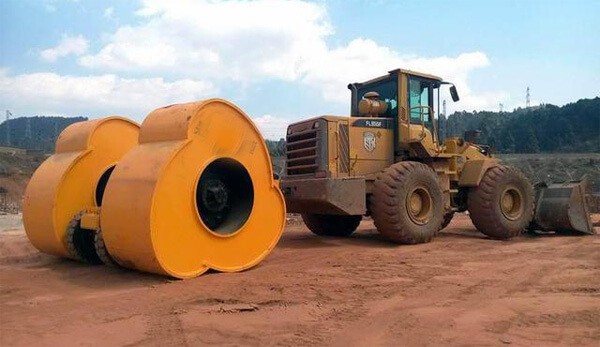
Nowadays modern towed vibratory rollers available in the market are exclusively developed for earthwork compaction. The amplitude and frequency of the vibration are determined according to the need for compaction. Similarly, mass is also adjusted to match the need.
It has a steel frame that holds the roller.The frame provides good ground clearance. The engine is placed transversely to the roller. The high ground clearance allows moving along the steep slopes and on the areas with huge bumps.
It has usually an electric ignition along with a remote control to adjust the frequency and amplitude of the vibrations.
The electric power comes from a diesel engine. There is a V-shaped belt between the engine and motor, with transmits the power between them. The engine has fuel gauges, dry air cleaner, and other gauges to monitor engine performance.
Walk-Behind Vibratory Roller
As the name suggests, these rollers are propelled by a person pushing them from behind.
They are ideal for compacting all types of soil: cohesive or granular and all types of surfaces: rough and smooth like an asphalt surface.
They come with an optimal combination of centrifugal force, static weight, and vibration frequency, which results in an excellent compaction effect.
Its compact design allows great visibility to the operator at all the angle. This makes it an idea for the precise and careful work need in an area near the walls and sidewalks.
Self-Propelled Vibratory Rollers
Self-Propelled Roller
In contrast to a towed vibratory roller, which has an engine towing it, a self-propelled roller has one single unit with an engine and the vibratory roller. It behaves as a single-vehicle.
In the case of towed vibratory roller vehicle is the engine while the roller was an attachment. The self-propelled roller is ideal for compacting ditches and foundation layers of the building, roads, and concrete slabs like a parking lot.
In contrast to the general type of vibratory rollers, these machines are also ideal for cohesive soils due to their kickstands together with the high centrifugal force adjustable.
The drums of the self-propelled roller are available in various widths.The selection of the width of the drums depends on the width of the strip being compacted. For wider strips like on highways, it’s economical to choose wider drums. While narrow drums are suitable for a narrow strip-like in walking pavements.
As the name suggests that these rollers are self-propelled, therefore they have a remote control, which works using infrared technology.
Some of the latest models have the excellent climbing ability via a self-locking differential. A 3-point swivel joint is provided for optimum driving comfort along with hydrostatic steering.
Tandem Vibratory Roller
Tandem vibratory rollers are a special type of rollers dedicated to paving smooth surfaces like asphalt and rolled concrete.
They are equipped with two steel drums on the front and back. These drums vibrate via an internal mechanism. Like a self-propelled vibratory roller, the amplitude and frequency of vibrations can be adjusted to meet the job need.
Some of the latest state-of-the-art models are equipped with the modern satellite navigation system, which transmits their data to an online data cloud. This allows continuous monitoring of the job progress on-site and lets the engineers decide about the future course of compaction works.
The weight of modern tandem rollers is somewhere between 9000 kg to 1700 kg. There are also special models available in the market with free vibration systems installed.
Combination Vibratory Roller
As the name suggests this type of roller combines the ability of vibratory roller and pneumatic roller. It has good vibration capacity as well as rolling capacity. This makes it an ideal alternative for asphalt and concrete finishing located in walkways, bicycling lanes, driveways, small parking lots, etc.
To put it in simple words they are efficient for those areas where the use of a single machine is preferred. They have a no-over hang frame along with an extremely maneuverable design. Modern models come with dual-frequency, automatic vibration control, and a pressurized water system.
They are a no-hassle emissions solution. Their inline drum made with tapered edges and high curb clearance is placed in front of an oscillating articulation joint. This allows achieving precise and nimble compaction ratios even in tight spaces.
Conclusions
To conclude this article discussed various types of vibratory rolled that can be either self-propelled or towed and can be suitable for rough or smooth or both types of surfaces. Modern models are equipped with automatic controls and satellite navigation systems.
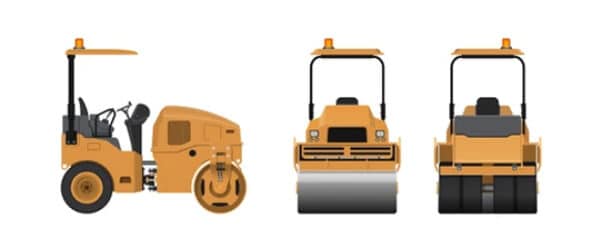
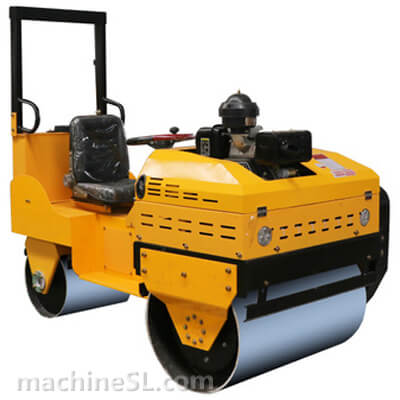
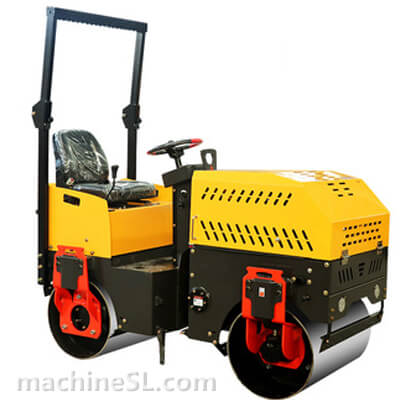
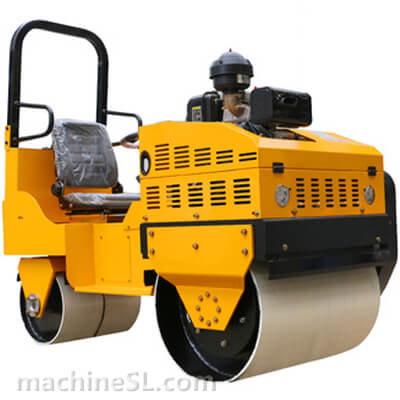
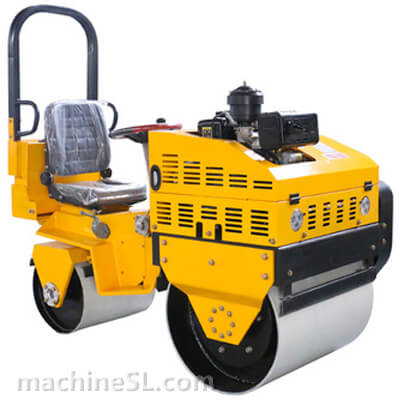
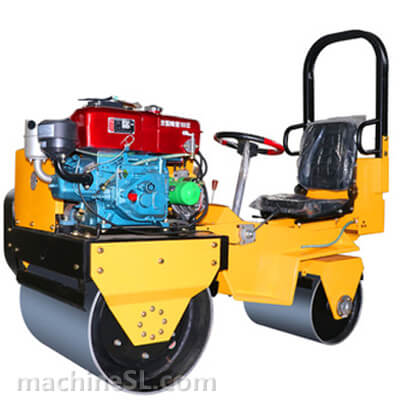
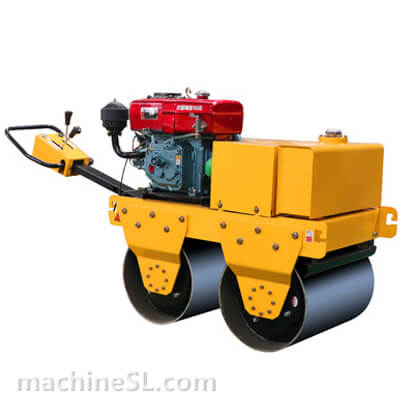
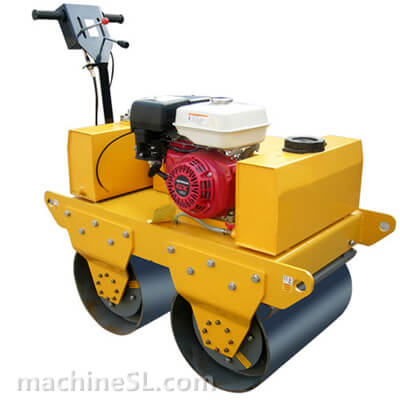
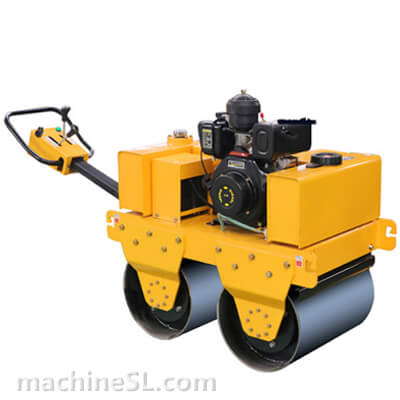
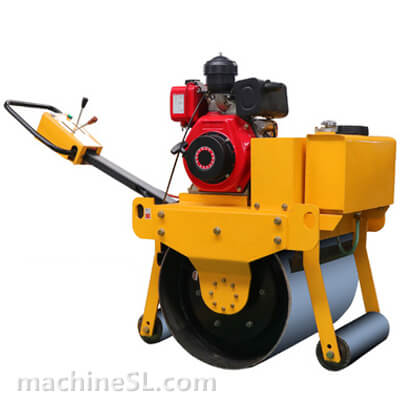
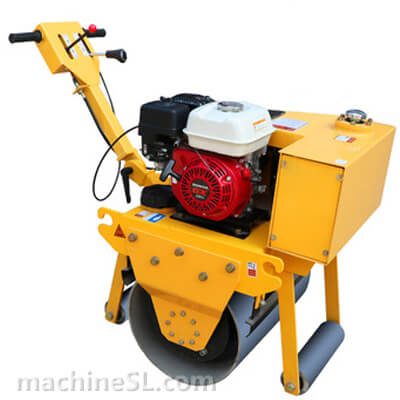
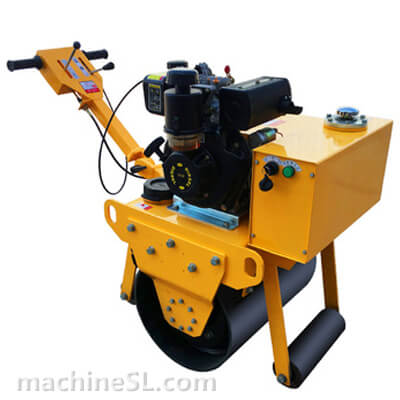
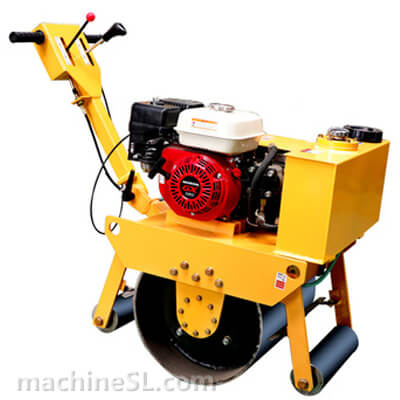
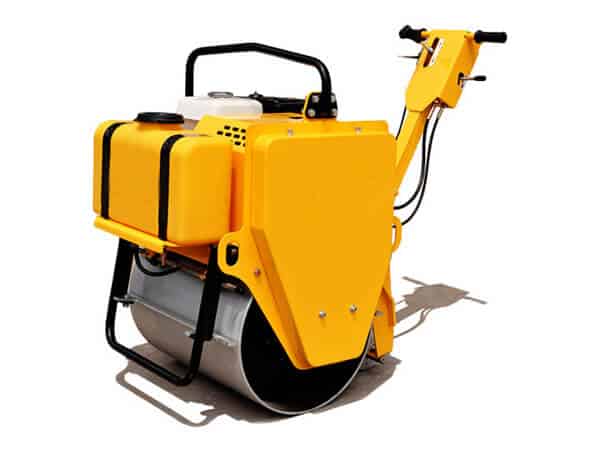
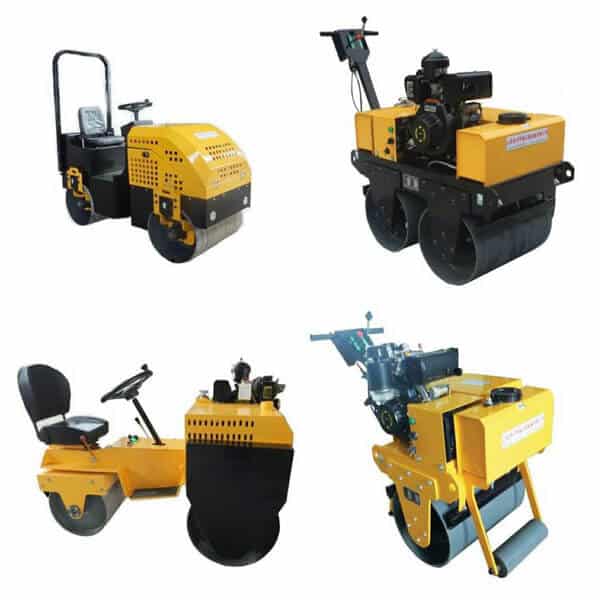
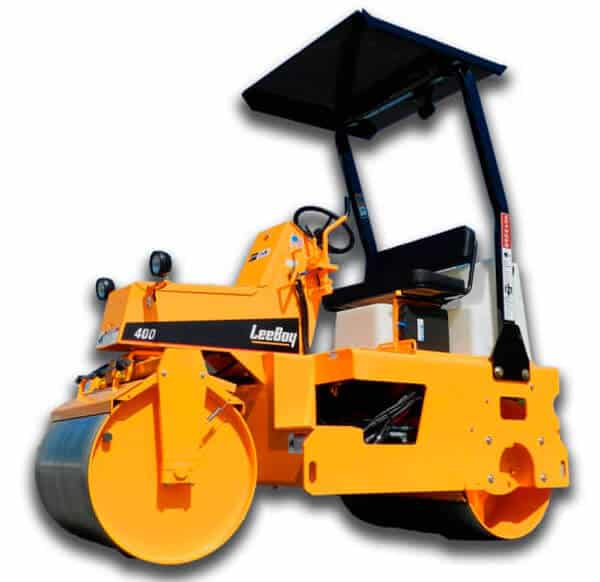
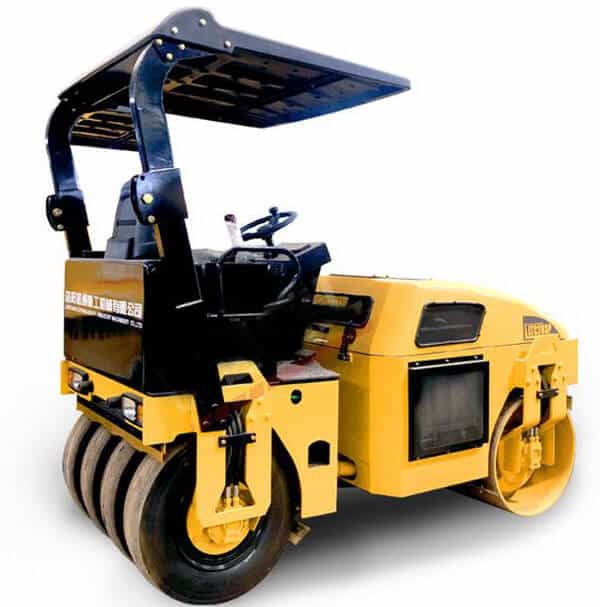
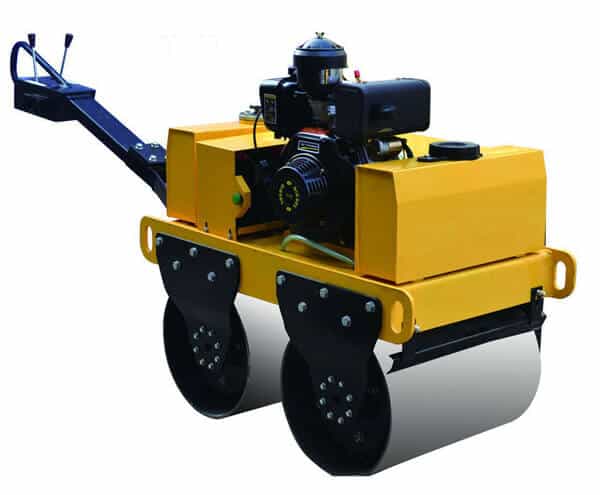
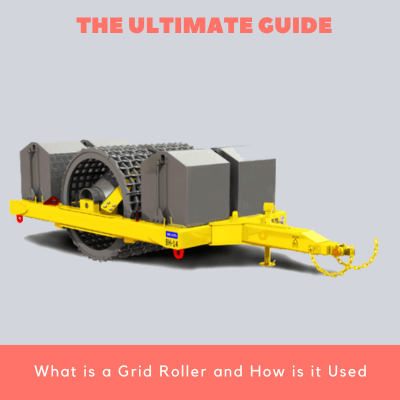
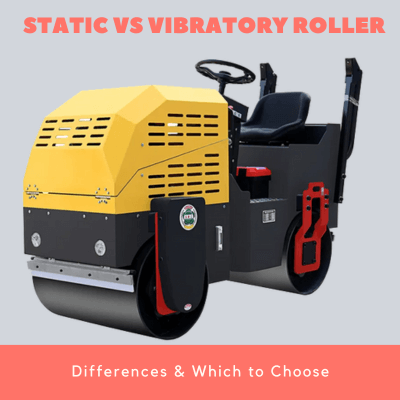
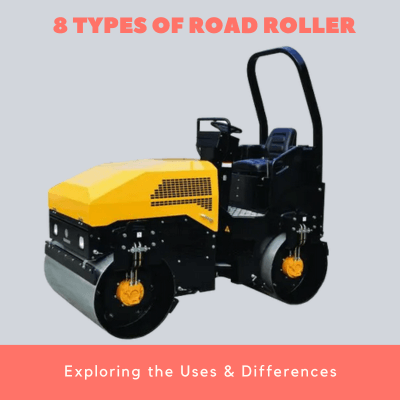
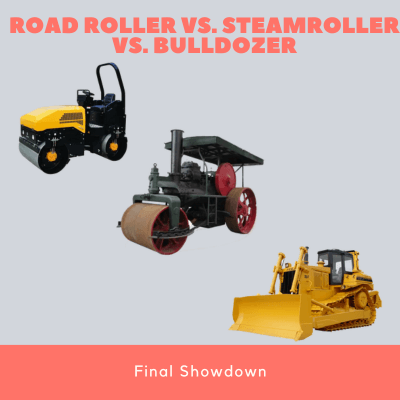
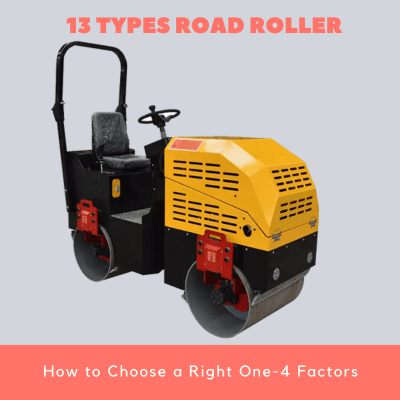
Leave A Comment